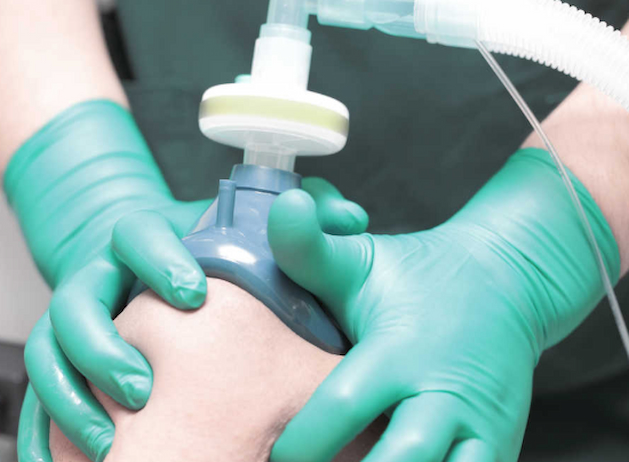A medical kit specialized for trauma is designed to come in handy in emergencies involving serious injuries such as severe bleeding. According to experts and professionals, these kits contain supplies that can help a person deal with life-threatening injuries in order to bring them under control. These kits are certainly different from the basic first aid kits, which explains the fact why they cannot be used by anyone who’s not qualified.
What Is Usually in a Trauma Kit?
While first aid kits can be mainly found in homes, workplaces, schools, restaurants and even in your vehicle, tactical first aid kits are designed to be used mainly in areas where life-threatening injuries could occur. This life-saving trauma medical kit is primarily used by EMS professionals, and the supplies contained in it can be divided into separate categories.
Personal Protective Equipment (PPE)
The personal protective gear contained in this kit isn’t the same as that of workers. Instead, the PPE for this purpose includes eye protection, a face mask and gloves. Usually, these are the main supplies that are a part of the PPE, and if possible, make sure the kit has at least several of them. You can either keep them for some future need, or they can be used by a third person when in need of extra hands during emergencies.
Patient Assessment Tool
As the name of this category suggests, the supplies in it are designed to assess, visualize and measure vital functions of the body. Some of the most common supplies are a stethoscope, pulse oximetre, blood pressure cuff, thermometer and CO2 monitor. Depending on your needs and your personal desire, you can also invest in a portable blood analyzing machine during some serious injuries and bleeding.
Trauma Supplies
The main goal of trauma medical kit supplies is to stop severe bleeding and prevent things from escalating. Some of the most common supplies are:
- Different sizes of hemostatic dressings like Quick Clot and Celox;
- Regular types of dressings like 4×4, 5×9 and ABD (as many as possible);
- A selection of bandage wraps like 4” and 6”, H wrap, Kling Roll gauze, Ace wraps, NAR S-Rolled gauze and more;
- Heavy-duty 1” and 2” tape (make sure it’s non-breathable and a multi-purpose type of tape);
- Tourniquets like SOFT-T, SWAT-T and C-A-T or some others;
- Open chest injury seals in different sizes like Sam, Asherman, Bolin and Hyfin (as many as possible).
Airway/Breathing Management

An important thing to know is that different kits contain different supplies for the purpose. Generally speaking, they range from a simple oropharyngeal airway to full airway management supplies. Some of the most common things you might find in such a kit are:
- Collapsible bag valve mask;
- Basic airway stabilization/protection, like nasal and oral airways, a manual suction device, a pocket mask, etc;
- Chest decompression supplies;
- Some more invasive airway devices, like supraglottic airways and endotracheal intubation.
Regular Medicines
Even though EMS providers aren’t allowed to give over-the-counter medications because it isn’t in their scope of practice, over the years, OTC medications have become available to team members and an acceptable alternative they can use. Having them at your disposal can keep minor ailments from progressing.
Some of the most commonly used OTC medications in such situations are ibuprofen, Pepto-Bismol and allergy medications. In some kits, you can also find OTC products like insect repellents, sunscreen and poison ivy/oak protection.
Basic Supplies for Minor Traumas
Even though this is a tactical first response kit we are talking about, having the most basic supplies for minor traumas is also essential. In light of this, aside from a bandaid, these kits should also have minor wound cleaning tools/wipes and topical antibiotic ointments. They should additionally have a large selection of 1” and 2” breathable and non-breathable tapes, as well as tweezers, forceps, small scissors and wound/eye irrigation supplies.
ALS/prescription Drugs
The first thing you should know about these drugs is that they can only be supplied a part of the kit if the medic is authorized to be an ALS provider. Some of the most commonly seen drugs in such kits are aspirin, nitroglycerin, ondansetron (Zofran), albuterol (Proventil), and ketorolac tromethamine (Toradol), which is a non-narcotic NSAID analgesic drug.
Patient Transport System
Even though this system cannot fit in the bag itself, it should still be a part of it. The most common transportation model is collapsible, also known as a roll-up stretcher or a soft roll-up stretcher. Usually, all of this gear sits packed at the front door of the target location for easier access.
A Final Word
As you can see, these kits contain a great number of products that have proven valuable in reducing the level of injuries and stress. They are all about preventing and curing things to have a successful outcome. Finding them is possible in any trusted and reputable supplier of quality tactical equipment for professionals.

